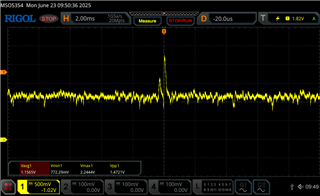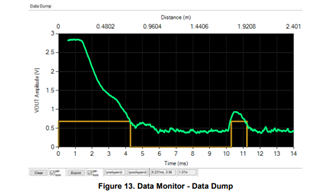Other Parts Discussed in Thread: , MSP-EXP430F5529LP
Tool/software:
Hello,
I am designing a ultrasonic anemometer with TUSS4470. I am planing to use 4 ultrasonic transducer for 4 direction. I am thinking of using a TUSS4470 for each transducer in my design, but in this case, what kind of connection should I make to increase the measurement accuracy?
In my design, for example, the ultrasonic signal sent by the north transducer will be received by the south one. In this case, the TUSS4470 of the transducer for the north direction will send the signal and the TUSS4470 of the transducer for the south direction will receive the signal. If I connect the transducer in one direction to the OUT and IN pins of each TUSS4470 in this way, do I need to connect the signal ground between the TUSS4470s? Should such a design be done with a mono static connection as shown in the schematic of BOOSTXL-TUSS4470?
Another idea is to bi-statically connect the transmit side of the TUSS4470 of the north transducer to the north transducer and the receive side to the south transducer, but in this case there should be a direct connection between the 2 TUSS4470s. Because transmission is done from north to south as well as from south to north. How can I make such a bi-static design and what should I pay attention to?
Best Regards,
Metin






